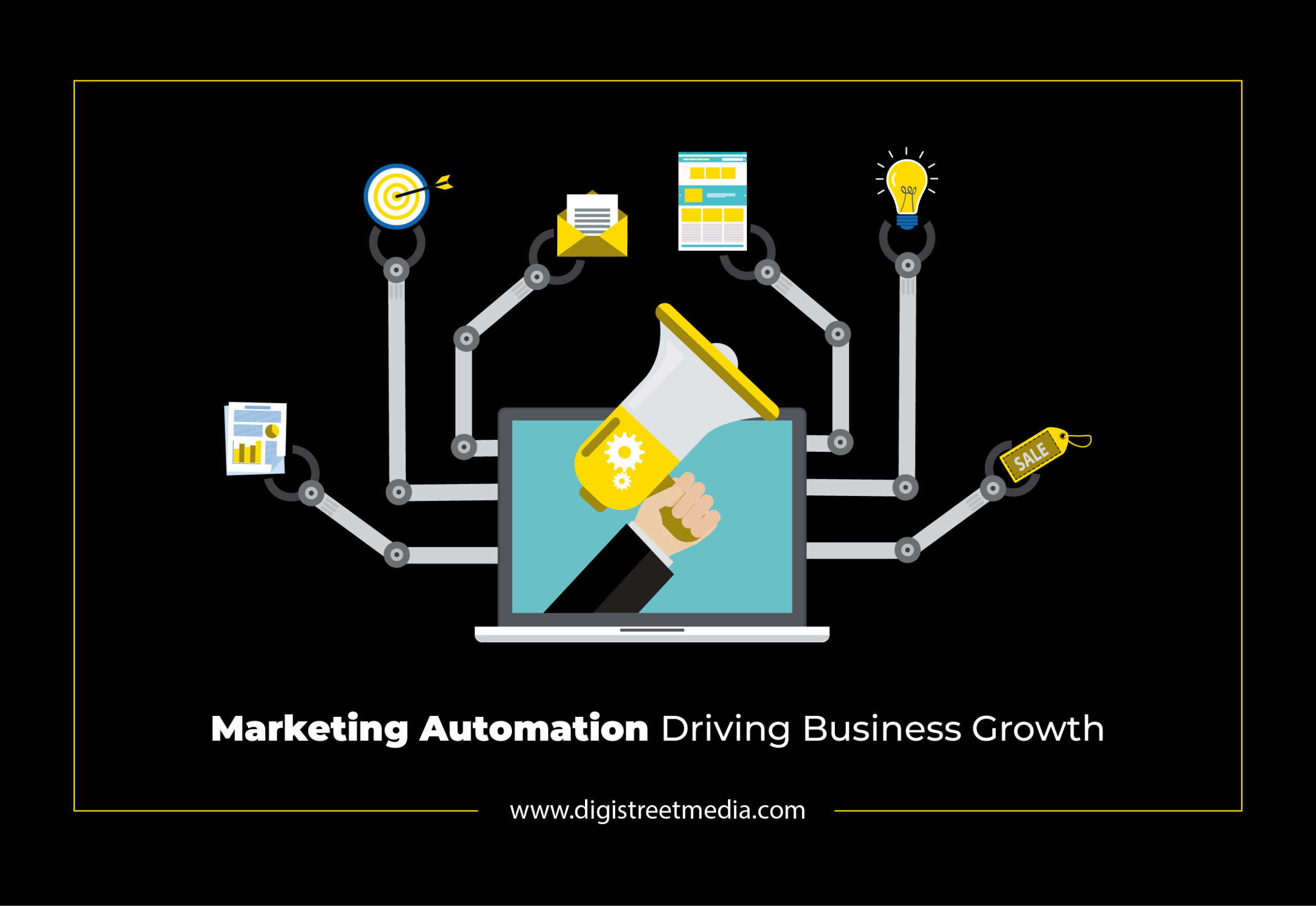Marketing automation has emerged as a pivotal force in driving business growth, revolutionizing how companies engage with customers and streamline operations. By automating repetitive tasks and leveraging data-driven insights, businesses can enhance efficiency, personalize customer experiences, and ultimately boost revenue.
Key Benefits of Marketing Automation
1. Enhanced Efficiency and Productivity
Automating routine marketing tasks—such as email campaigns, social media postings, and lead nurturing—frees up valuable time for marketing teams to focus on strategic initiatives. This shift not only accelerates campaign execution but also reduces the likelihood of human error, ensuring consistent and timely communication with prospects and customers.
2. Personalized Customer Experiences
Marketing automation enables businesses to deliver tailored content based on individual customer behaviors and preferences. By analyzing data such as browsing history, purchase patterns, and engagement metrics, companies can craft personalized messages that resonate with their audience, fostering stronger relationships and increasing conversion rates.
3. Improved Lead Management
Through lead scoring and automated nurturing workflows, marketing automation helps identify high-quality leads and guide them through the sales funnel efficiently. This targeted approach ensures that sales teams focus their efforts on prospects with the highest potential, improving close rates and reducing the sales cycle duration.
4. Data-Driven Decision Making
Comprehensive analytics provided by marketing automation platforms offer insights into campaign performance, customer behaviors, and ROI. These metrics empower businesses to make informed decisions, optimize marketing strategies, and allocate resources effectively to maximize impact.
5. Scalability and Consistency
As businesses grow, maintaining consistent communication across multiple channels becomes challenging. Marketing automation ensures that messaging remains uniform and on-brand, regardless of the audience size or platform. This scalability is crucial for expanding businesses aiming to maintain a cohesive customer experience.
Implementing Marketing Automation: Best Practices
-
Define Clear Objectives: Establish specific goals for what you aim to achieve with marketing automation, such as increasing lead conversions or improving customer retention.
-
Segment Your Audience: Divide your customer base into distinct segments based on demographics, behaviors, or purchase history to deliver more targeted and relevant content.
-
Develop Engaging Content: Create valuable and personalized content that addresses the needs and interests of each segment, encouraging engagement and fostering trust.
-
Monitor and Optimize: Regularly analyze performance metrics to identify areas for improvement and adjust your strategies accordingly to enhance effectiveness.
Conclusion
Embracing marketing automation is no longer a luxury but a necessity for businesses seeking sustainable growth in today’s competitive landscape. By streamlining operations, personalizing customer interactions, and leveraging data-driven insights, companies can not only improve efficiency but also build stronger, more meaningful relationships with their customers. Investing in marketing automation tools and strategies positions businesses to adapt swiftly to market changes and drive long-term success.





